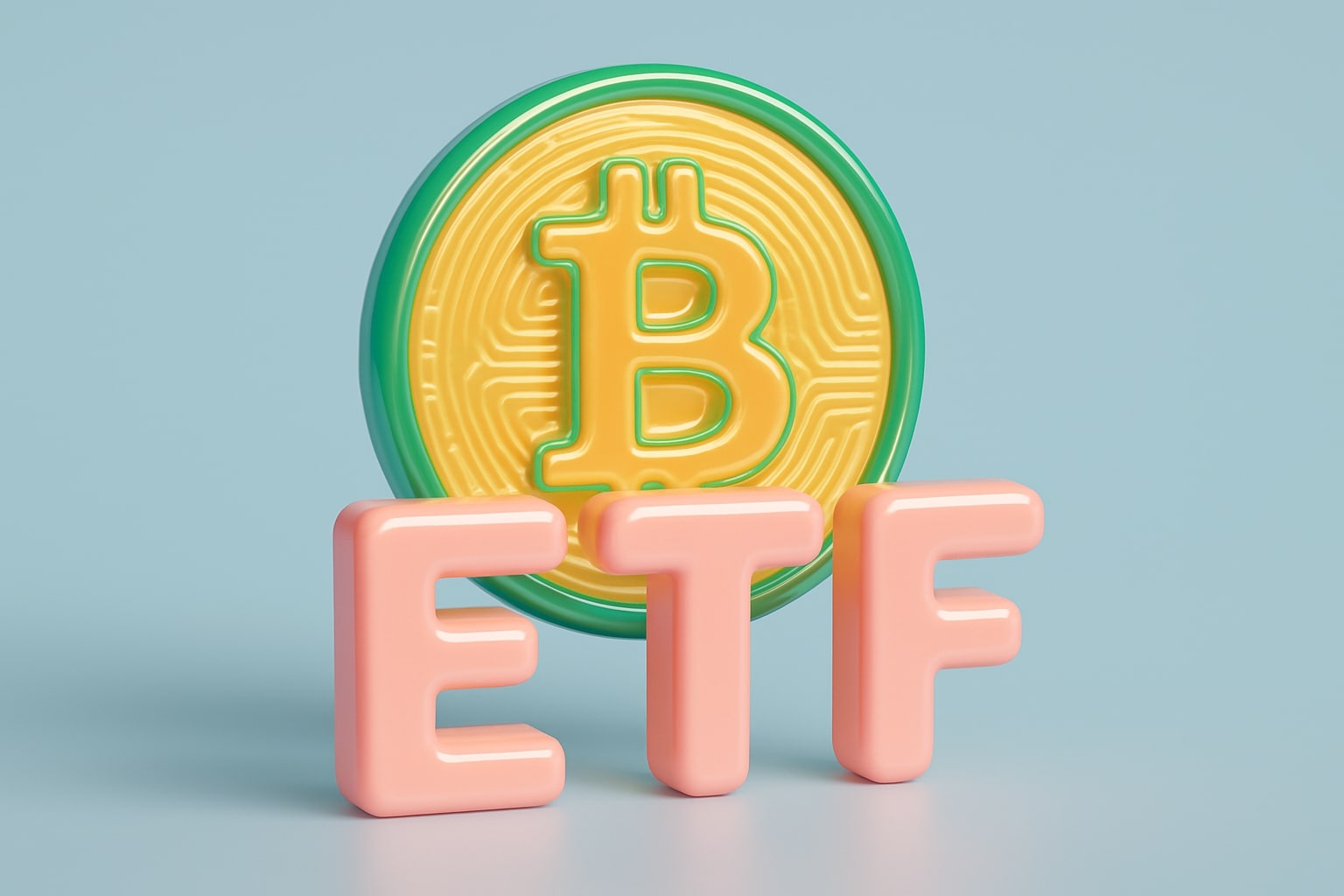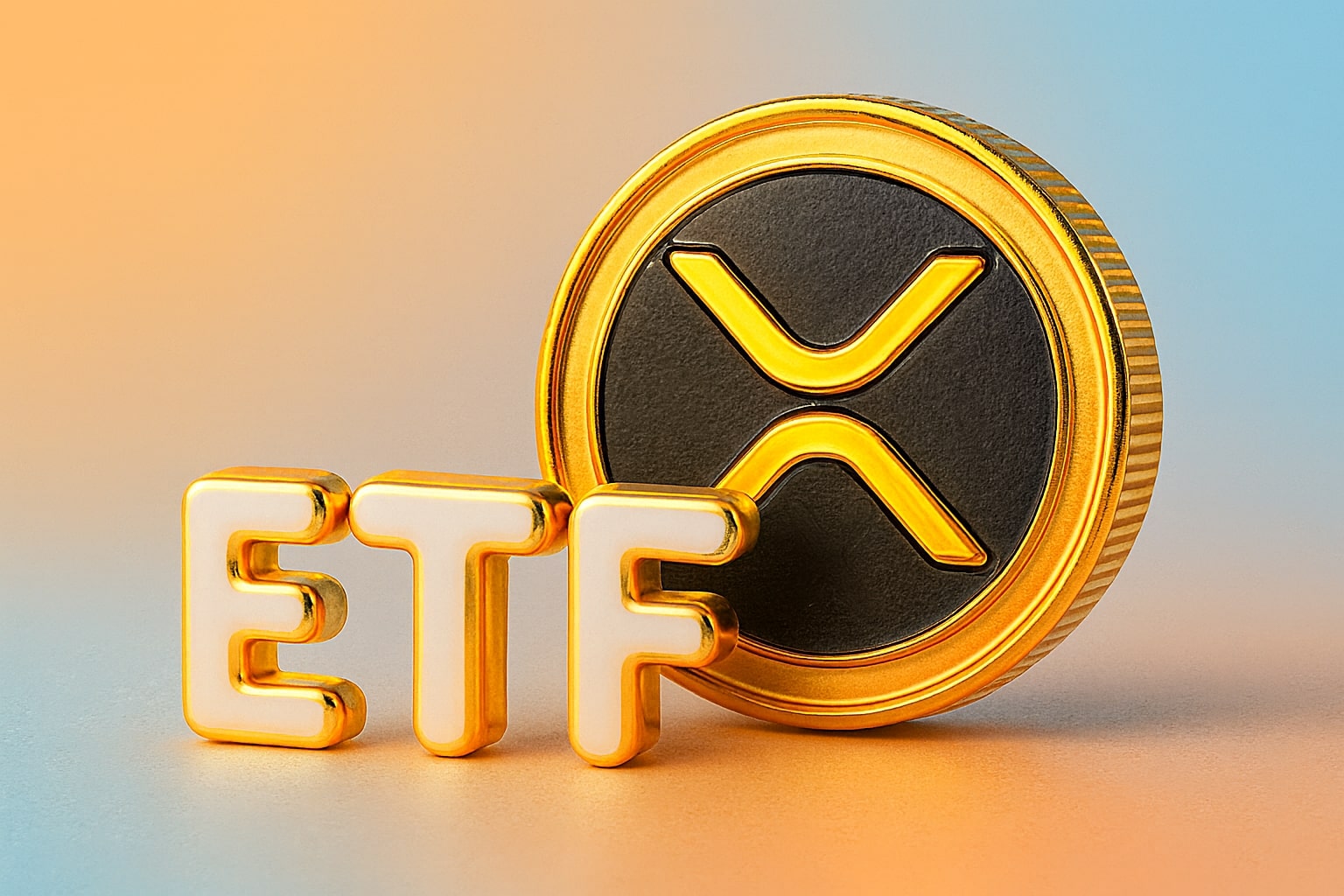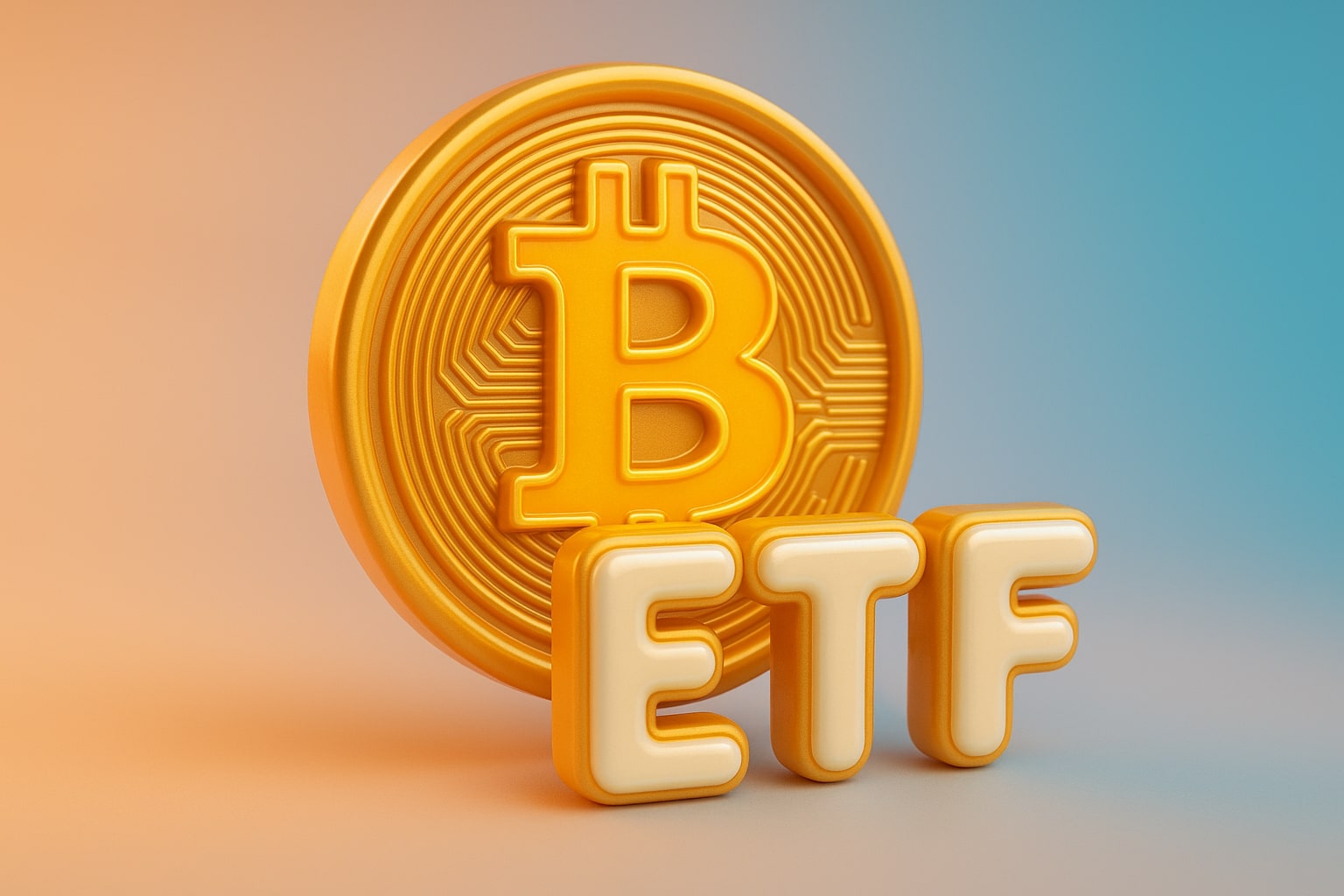
Bitcoin Price Forecast: BTC-USD ETF Flows Stall as BTC Holds $113,600
Flat ETF inflows, whale selling, and macro headwinds test Bitcoin’s resilience at $59K support | That's TradingNEWS
Bitcoin ETF Inflows Reflect Mixed Institutional Demand
Flows into Bitcoin (BTC-USD) ETFs reveal a market caught between consolidation and cautious accumulation. On August 20, 2025, both Franklin’s U.S. Bitcoin ETF and Invesco’s ETF logged $0 net flows, showing a pause in institutional activity. By contrast, Bitwise’s ETF recorded a $0.6 million inflow, modest yet significant due to its structural commitment of 10% of profits to Bitcoin core development.
Institutional Holdings Near Record Highs
Despite uneven daily flows, aggregate ETF holdings remain robust. Funds collectively hold about 1.25 million BTC, worth roughly $1.42 billion at current prices. These reserves anchor institutional exposure, though the lack of new inflows at larger issuers suggests hesitation. The incremental gains at Bitwise point to smaller-scale institutional buying even during this consolidation phase.
BTC-USD Price Levels Under Pressure
Spot BTC-USD slipped to $113,600 after briefly testing $114,800, well below the peak near $124,000. Options sentiment turned bearish for the first time since June 2023 ahead of Jerome Powell’s Jackson Hole remarks. Technically, Bitcoin must defend $59,000–$60,000 support, with resistance overhead at $65,000. Softer derivatives volumes reinforce the stalling ETF inflows, but history shows that flow stagnation often precedes sharp price swings.
Whale Rotations and Insider Movements
On-chain activity mirrors ETF hesitation. A veteran wallet sold 660 BTC while shifting into Ethereum, building a $295 million ETH long. This highlights the rotation theme, as Ethereum ETFs attracted $1 billion of August inflows, driving ETH to $4,200. Bitcoin’s flat inflows align with subdued whale activity, suggesting large players are holding back rather than building at current levels.
Mining Centralization and Governance Concerns
ETF investors are increasingly sensitive to governance risks. Data show Foundry USA and Antpool now control over 50% of Bitcoin’s hashrate, sparking concern over decentralization. While the probability of collusion remains low, concentrated mining power could deter compliance-driven institutions, particularly when ETF inflows are a key gauge of sentiment.
Macro Headwinds Affecting ETF Demand
Macro drivers weigh heavily on flows. Rising Japanese government bond yields and Powell’s upcoming Jackson Hole address have dampened risk appetite. Historically, rising yields shift institutional capital away from high-volatility assets like Bitcoin. Franklin and Invesco’s zero flows may therefore reflect macro caution rather than lasting disinterest. September will be a test of whether liquidity shifts reignite inflows.
Trading Impact of Flat and Modest ETF Flows
Periods of flat ETF flows often coincide with range-bound price action. In mid-2024, zero inflows at major issuers kept BTC trading between $58,000 and $62,000 for weeks until renewed inflows sparked a breakout. Bitwise’s $0.6 million inflow hints at ongoing stealth accumulation, with its developer-support model potentially locking in stickier capital. Traders may exploit this by buying dips near $59,000 and selling resistance closer to $62,000–$65,000.
Crypto Equities and ETF Flow Correlations
ETF flows ripple into equity markets as well. MicroStrategy (NASDAQ:MSTR), often seen as a proxy for Bitcoin, tends to soften during stagnant ETF periods, while renewed inflows typically trigger speculative buying. These correlations are crucial as institutional desks frequently balance ETF allocations with equity hedges, amplifying ETF stagnation or surges across markets.
Institutional Pause Versus Steady Retail Activity
Retail participation remains firm, with Bitcoin active addresses holding steady near 800,000 daily and spot volumes averaging $20 billion. Asian trading sessions dominate liquidity, contrasting with muted institutional appetite. The decoupling signals a waiting phase: historically, synchronized institutional inflows and retail activity have driven major BTC rallies, but current conditions point more toward consolidation.
That's TradingNEWS
Read More
-
SCHD ETF Price at $27: Can SCHD’s 4% Yield and 9.15% Dividend Growth Beat High-Yield Covered Call ETFs?
15.12.2025 · TradingNEWS ArchiveStocks
-
XRP ETFs Close on $1B Inflows as XRPI at $10.92 and XRPR at $15.52 Hit 52-Week Lows
15.12.2025 · TradingNEWS ArchiveCrypto
-
Natural Gas Price Forecast: NG=F Holds the $4 Floor as Oversupply Clashes with 2026 LNG Demand
15.12.2025 · TradingNEWS ArchiveCommodities
-
USD/JPY Price Forecast - Dollar to Yen At 155: Yen Strength Builds As BoJ Hike And NFP Collide
15.12.2025 · TradingNEWS ArchiveForex

















